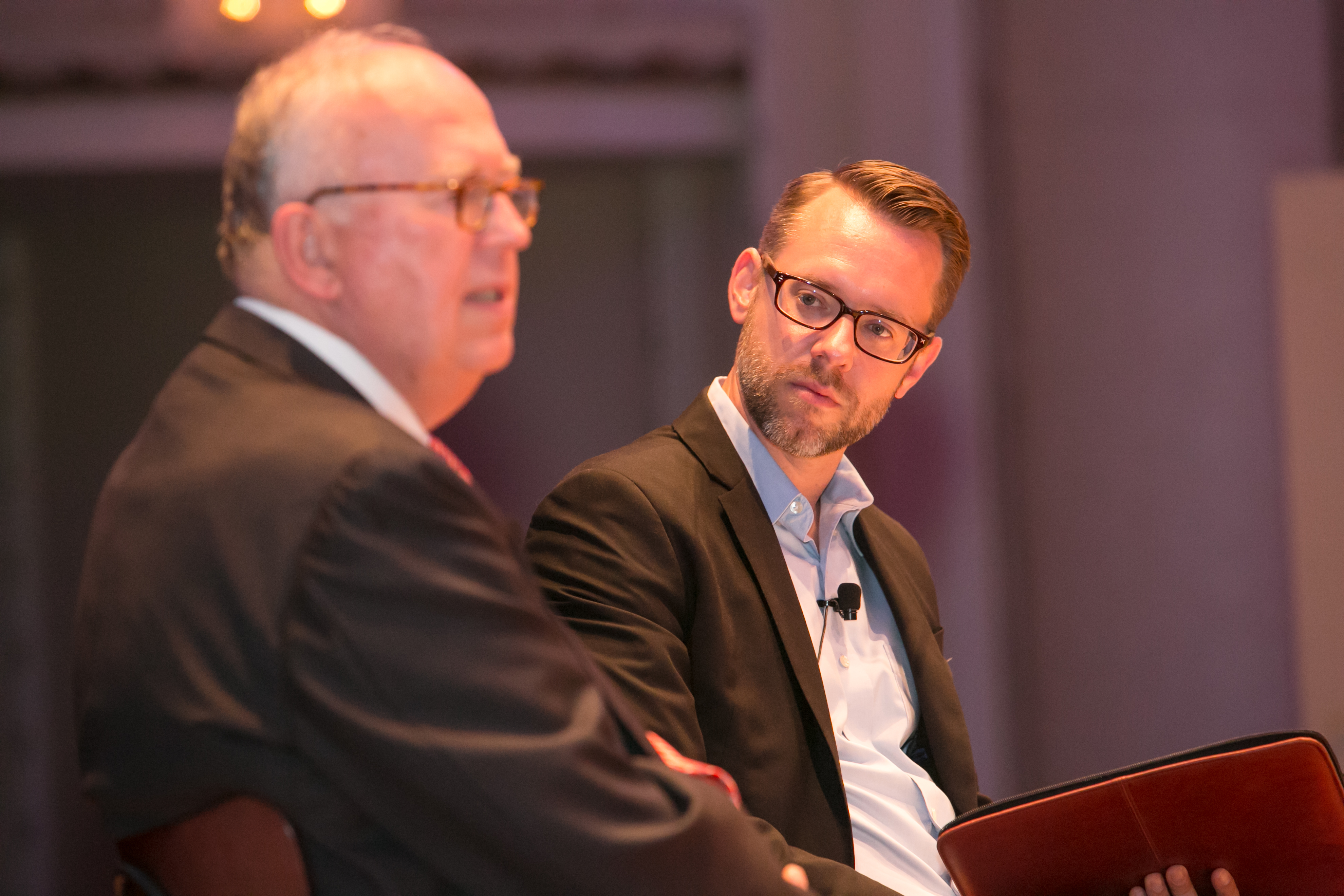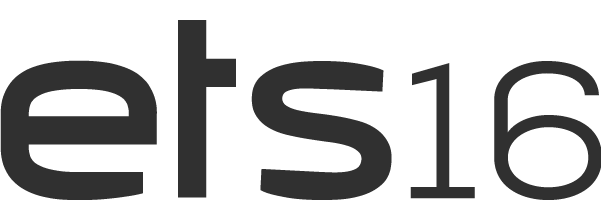
23 Nov [Q&A] Drew Johnston on harnessing the power of chaos
In this segment, Zpryme’s research director, H. Christine Richards, interviews Drew Johnston, the fearless leader and president of Energy Thought Summit. Drew discusses key trends in energy, how to harness the power of chaos happening in infrastructure, and even offers up tips on how to brew good coffee, along with how these themes play out at Zpryme’s flagship event, ETS16. Hear what happened when the roles were reversed and Drew interviewed HCR here.
[HCR] What gets you going as you start out each day studying the energy industry—besides coffee?
[Drew] Well, I do love coffee. You can hear me brewing it if we’re on the phone, any time of day. The key is cold water.
Aside from that—I find it exciting that we are in the very beginning of the most pivotal sweeping change ever in the energy regime of this country and across the world. And this change connects to everything—agriculture, water, transportation, even public health and the success of cities. At the center of it is really consumers. Consumer control is driving disruption in every field, and it won’t stop at Uber and Lyft, it’s already carving a large niche out of energy markets. The future of infrastructure is more than just a finance question, it’s a collaboration question, and crowdsourced solution ultimately. The collective progress of our efforts will update our infrastructure for this next millennia.
[HCR] Like fashion trends, we see technology trends in energy. What is the hottest technology trend for 2016? What needs to be in place to ensure it is more than just a fad?
[Drew] I think it’s actually two things. One, I think we’ve seen the end of the smart grid. Digitalization, connected home, internet of things, cloud, other paradigms have advanced grid modernization beyond just the term “smart grid” and will continue to advance the accounting and governance of every electron. We’ll have 1.5 billion IoT devices owned by utilities by 2020 according to AIG.
Two, distributed everything. The hallmark of industrial revolutions is the convergence of themes across communication and energy regimes. In the 70s, Vint Cerf—one of our ETS 16 speakers—and DARPA unleashed more than the internet, they unleased the possibility of Uber, of Facebook, and of solar, storage and distributed energy resources, and they didn’t even know it.
I talk with a lot of people studying distributed energy resources, and they talk about a confluence of technology, policy and business model barriers to overcome. To ensure DER is more than a fad, I think we have to bring those experts together from the best examples in the world and hear their cases for what worked and what didn’t work. That knowledge exchange is so valuable.
[HCR] You talk with a ton of industry leaders every day—what are some of the biggest questions or concerns you’re hearing from them that might not make the regular headlines? Give us the scoop.
An internal debate across utilities and system planners is around how and when to migrate to a cloud. And to what end. I spoke with Oracle and they said the four Vs around challenges in data are: Volume, Variety, Velocity and Value. I think there is a battle brewing between IT and cyber groups everywhere, and I’d like to get those voices to the table to explore the soft path forward. Building good faith is always a good first step to knowledge exchange, and sharing ideas.
The Water-Energy Nexus is about to have its big year. Argonne and 12 other national labs are developing a whole collaborative initiative on water solutions that are much more intensely local. We’ll see more on this topic than ever before, and this field’s research, best practices and experience in the months and year ahead will likely captivate a lot of young curious minds as infrastructure stories start breaking through to the next generation in tier-1 media more and more.
Lastly, I am really surprised we went the year without that big cybersecurity breach. I’m not happy or joyous about that; I’m urgently concerned that we need to bring our best effort to bear on this issue.
[HCR] We’re talking about Transforming the Chaos as the theme of ETS16, but chaos is often seen as a bad thing—like something that happens after the apocalypse in The Walking Dead or the evil KAOS organization in Get Smart. Is that the case here?
[Drew] Personally, I would say, “Transform the chaos, or the chaos will transform you. There is a whole bunch of opportunity and creativity of discovery right now. Why not be excited about that?”
Anne Pramaggiore, President and CEO of ComEd, was asked about the chaos recently, and she said she liked it. She highlighted that a lot of study shows that chaos is the best time to create change in your organization to make it adapt. I think the body acts and reacts the same way. I think we’re seeing some stand up to the opportunity, and others wilt in the pressure. I think the voices that are coming to ETS16 have something to say about their future, and they’re going to be active in shaping that chaos.
You can give us your perspective on how your think chaos is transforming infrastructure, by taking this quick Chaos Index survey.
[HCR] How does the energy industry best harness the power of chaos to really transform itself? What will that transformation look like?
[Drew] Things are kinda crazy in some parts of the country, and others are just warming up. Since we’re all learning so much so quickly, the most successful projects have more partners, more experts, and are much more collaborative across a triple helix of actors—industry/entrepreneurs, academia/R&D, and government/utility. I think that crowdsourcing is really at the heart of what we’ll see for every step of the infrastructure equation—from financing to operating.
Collaboration is really at the center of most of the great success we’ve seen in the past few years. I think the reason Southern Company and the rural coops in the southern U.S. aren’t fazed by the Clean Power Plan is that they did their own internal math that they trusted, and they talked to their peers. They weighed these discussions at more than just a capex/opex discussion, but also on a greater paradigm that included some evaluation about their legacy in the community. I think we see that people are motivated by something else bigger than themselves in the energy industry. We’re all in this together, even though a lot of us have vastly different goals.
Ready to envision what’s next for infrastructure? Learn more about Zpryme’s ETS16 event by checking out this article that lays out the foundation of the gathering, or head over to our ETS16 website. Lastly, give us your insights on the changes happening in infrastructure by taking this quick Chaos Index survey.

